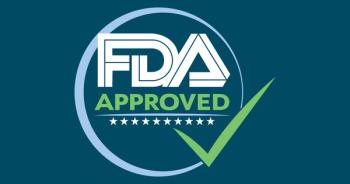
New quality measures for childhood sleep apnea
The American Academy for Sleep Medicine has endorsed new quality measures for identifying and treating obstructive sleep apnea in children.
The
The
Methods of detecting and managing childhood
By this means they defined 5 desirable processes for managing children with suspected OSA: assessing symptoms and risk factors for OSA; implementing an evidence-based action plan; objectively evaluating
The new quality measures offer guidance in using the best diagnosis and treatment practices for childhood OSA, and might help avoid penalties by insurers, especially for healthcare providers who don’t often encounter the condition in their practice. Greater awareness of the measures could prompt parents of children with OSA to check that their child’s doctor is following recommended practice. Quality metrics also could help health insurers better monitor the documented clinical practices of providers.
As many as 5% of children in the United States are believed to suffer from OSA, perhaps even more inasmuch as the condition often goes undetected. The major causes are enlarged tonsils or adenoids, craniofacial abnormalities,
The sleep disruption caused by OSA is associated with mood changes such as
Newsletter
Access practical, evidence-based guidance to support better care for our youngest patients. Join our email list for the latest clinical updates.














